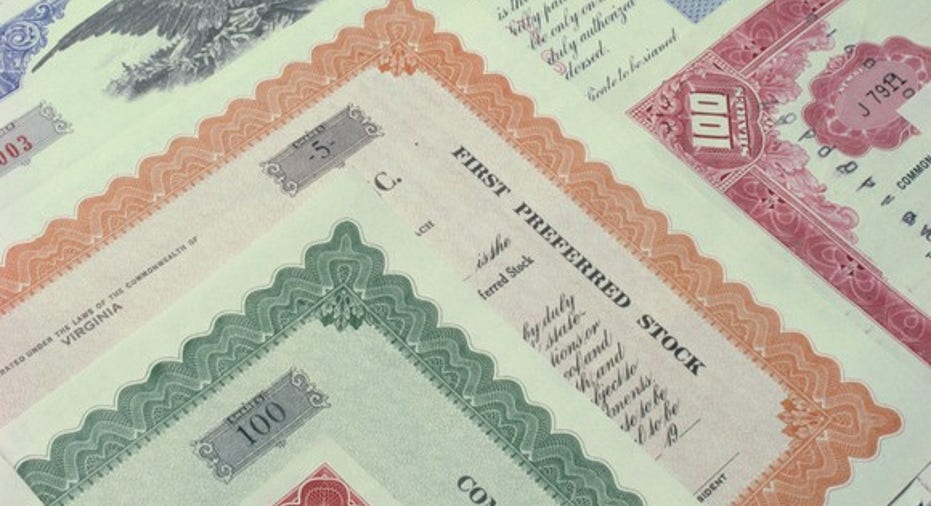What Is a Covered Call?

Image source: Getty Images.
Relatively few investors use options strategies to supplement their broader investment planning, but the right strategy can help you tailor your investing portfolio's risk profile to your tolerance for volatility and give you better returns. One popular options strategy that many options-users follow is the "covered call" strategy, which can produce greater amounts of income from a stock portfolio. That income doesn't come for free, however, and there are trade-offs that you need to understand before you use covered calls. Nevertheless, many find that the covered call strategy meets their needs. Let's take a closer look at what covered calls are and why you might want to use them.
What a covered call is
A covered call is a position that consists of shares of a stock and a call option on that underlying stock. In order to execute a covered call strategy, you need to either buy shares of stock or sell call options against a stock that you already own. The premium that you receive when you sell the call option provides you with income, which is the primary purpose why investors use this options strategy. The call option that you sell gives the option buyer the right to purchase the shares you own at the price specified in the option contract, known as the strike price.
Even though it's important to know the technical definition of a covered call, it's easier to understand when you see how the strategy actually works. With that in mind, let's look at an example.
A covered call example
Say you own 100 shares of a stock that is currently worth $50 per share. It doesn't pay a dividend, and you want to generate some income from your position. But overall, you have high hopes for the stock in the long run and don't want to sell it. So you decide to do a covered call. In particular, we'll assume that you sell a call option that expires three months from now, has a specified strike price of $60 per share that the buyer will pay for each share if the option is exercised, and has a premium of $1 per share covering the 100 shares that you own.
When you implement the covered call strategy, you'll receive $100 minus commissions from the sale of the call option. That money is yours to keep no matter what happens in the future. Based on the current price of the stock, that $100 represents 2% of your $5,000 investment in the stock, which is a pretty good income return for a three-month period.
Fast forward to when the option expires. If the stock has gone down in value, then the person you sold the option to will choose not to exercise it. As a result, you'll still own the stock, which will have given you a paper loss. You'll also get to keep the full $100 premium that you received.
Another possibility is that the stock will have risen in value but not above the $60 strike price of the option. In that case, the option buyer still won't exercise, and you'll get to hold on to your stock. That's the best-case scenario, as you'll have a paper profit on your stock and get to keep the $100 in premium income.
Finally, the other possibility is that your stock will have jumped above the $60 strike price. If that happens, then the option buyer will exercise the option. You'll receive $60 per share for your stock, which is a nice profit from the $50 per share where you started, and you'll keep the $100 from the call option sale. However, you'll no longer own the stock, and if you want to buy it back, you'll have to pay whatever the higher market price is at the time.
Dealing with covered call losses
In practice, there's an alternative to having the option exercised. You could simply buy back the option before it expires. However, if the stock has jumped in value, then the price of the option could easily be more than what you received for it, giving you a loss for the position.
That risk is the reason why writing covered calls isn't a risk-free source of income. However, for many people, the income that covered calls can generate is worth the risk of missing out on the full profits you can earn in a big upward move in a stock.
Options strategies confuse many investors, but the covered call strategy is a relatively simple, low-risk way to boost your income. You have to be comfortable with trading off some of your upside potential, but the income that covered calls generate can be just what you need to make your investment portfolio perform the way you want.
The article What Is a Covered Call? originally appeared on Fool.com.
Try any of our Foolish newsletter services free for 30 days. We Fools may not all hold the same opinions, but we all believe that considering a diverse range of insights makes us better investors. The Motley Fool has a disclosure policy.
Copyright 1995 - 2016 The Motley Fool, LLC. All rights reserved. The Motley Fool has a disclosure policy.